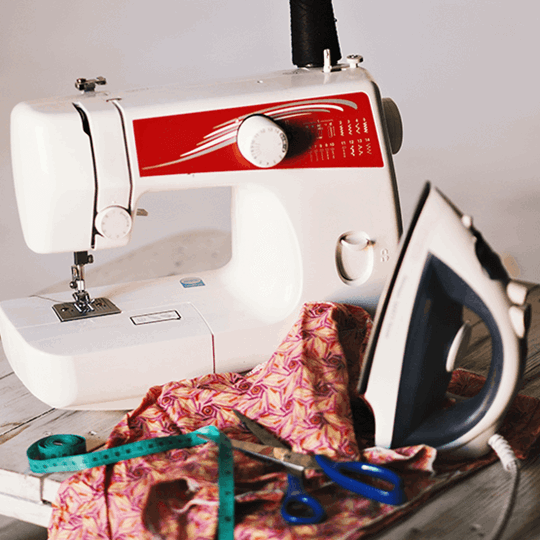


In the UK, we purchase more clothes per person than any other country in Europe. Unfortunately, a significant amount of these clothes end up in our bins, impacting both our planet and our wallets.
Do I really need it?
When buying a new item of clothing, ask yourself the following questions:
'Do I really need this?'
'Do I already own something similar?'
'Will I wear this more than 30 times?'
REMEMBER: the most sustainable clothes, are the ones already in your wardrobe!
Shopping second hand
Charity shops, Depop, Vinted, Ebay and Facebook market place are all great places to search for second hand fashion.
By buying secondhand, instead of brand new, you can help extend the lifetime of the garments. If used clothing for just 9 months longer (to an average life of around 3 years), this would reduce their carbon, water and waste footprints by 20-30%.
Avoiding fast fashion
The rise in fast fashion has caused a rise in the amount of clothes we throw away, this has now reached over 350,000 tonnes of clothes a year in the UK.
Fast Fashion is the model most clothing manufacturers use, where their clothes are produced at a cheap and rapid pace. This means that clothes can be sold at lower prices, however they are usually of lower quality.
We know that it is not always possible to cut down on fast fashion but starting small can make a huge difference! Why not start by reading the care and repair tips below to make your clothes last longer.


Labels
Always look at the labels on your items of clothing to find the best way to wash and care for your clothes. These instructions help make your clothes last the longest they can.
Do basic repairs and alterations
You don't have to be a sewing expert to do some easy repairs on your clothes.
You also don't need to have a fancy sewing machine, a simple thread and needles will do for basic repairs.
Here are some easy video repair guides from Love Your Clothes:
Replacing a button
Repairing a ripped pocket
When you no longer need an item of clothing, for whatever reason, consider passing it on to friends and family instead of letting sit at the back of your wardrobe.
You can also donate it to charity. Find your nearest charity retailer here.
You can also sell your clothes online through websites such as Depop, Vinted, Facebook marketplace and Ebay.
If your clothes are beyond repair and no longer wearable, make sure they are recycled at Household Waste Recycling Centres or clothes banks.

To make a single pair of jeans- an estimated 3,800 litres of water is needed!

The fashion industry ranks fourth in environmental impact, after housing, transport, and food.
Producing, transporting, and selling clothing consumes vast resources, especially for fast fashion.
A single pair of jeans requires approximately 3,800 litres of water and produces 33.4 kg of CO₂, equivalent to driving 69 miles.
Additionally, synthetic textiles shed plastic microfibers during washing, contributing significantly to ocean pollution.
The global fashion industry accounts for 8-10% of global carbon emissions, more than all international flights and maritime shipping combined.
Clothes in landfills emit methane as they decompose, further exacerbating climate change.


Reducing clothing waste also saves money.
Over 350,000 tonnes of still wearable clothing ends up in UK landfills each year, valued at an estimated £140 million.